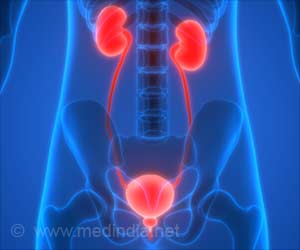N. gonorrhoeae breaks connections between cells that normally form a protective barrier.

‘Gonorrhea is a widespread sexually transmitted disease caused when Neisseria gonorrhoeae bacteria infect the normally protective inner lining of human genital tissues.’





To investigate this mechanism, Liang-Chun Wang of the University of Maryland, College Park, and colleagues needed to develop an alternative to the mouse models normally used to study gonorrhea, since they have been inadequate for this purpose. The team developed a new model using tissue samples obtained from the human endocervix. The researchers infected the endocervix tissue, as well as lab-grown cells of the same type as those that line the endocervix, with N. gonorrhoeae. They then employed a variety of molecular and imaging techniques to examine the infection mechanism.
The results demonstrate that N. gonorrhoeae penetrates the endocervix lining by interfering with a normally protective process. Usually, infected cells in the lining can be shed and disposed of without breaking the tight connections between cells that keep the lining uncompromised. N. gonorrhoeae appears to be able to break these connections and induce cell shedding, opening paths for penetration without reducing its ability to adhere to and invade the cells of the lining.
The scientists showed that N. gonorrhoeae causes disruption of cellular connections and cell shedding by promoting activation and accumulation of a human protein known as non-muscle myosin II. Depending on the particular genes being expressed by N. gonorrhoeae at any given time, the team found, it can either promote or inhibit this penetration mechanism.
This study represents the first laboratory demonstration of the penetration of N. gonorrhoeae into the human endocervix and provides new insights into gonorrhea infection.
Advertisement













